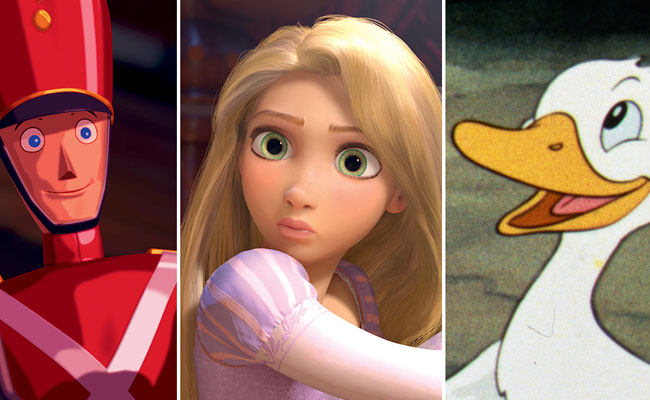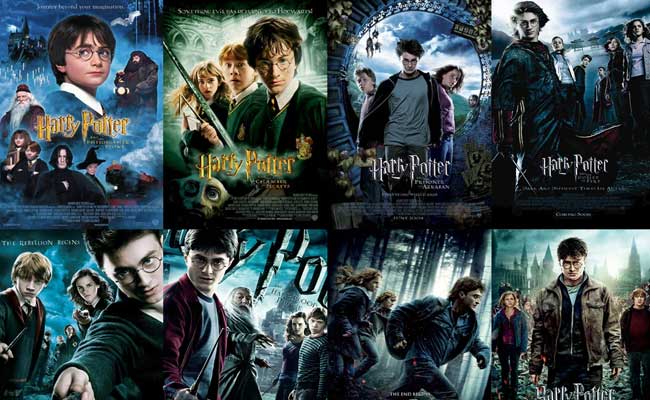The Magic of Fairy Tales: A Journey into the Realm of Imagination
Fairy tales have captured the imagination of generations of readers, young and old, for centuries. These stories of fantastical creatures, enchanted lands, and magical adventures have enchanted audiences worldwide. In this article, we’ll explore the fascinating world of fairy tales, their origins, and enduring popularity.
What are Fairy Tales?
Fairy tales are stories that typically feature folkloric characters, such as fairies, witches, dragons, and talking animals, set in magical or imaginary worlds. They often involve a hero or heroine who faces a series of challenges, and ultimately triumphs over adversity with the help of magical aids, such as a magic sword or potion.
The Origins of Fairy Tales
The origins of fairy tales can be traced back to ancient oral traditions that were passed down from generation to generation. Folktales and legends were told to entertain and educate people and were often used to teach moral lessons. Over time, these stories evolved, and elements of magic and fantasy were incorporated into the narratives.
Fairy Tales in Literature
Fairy tales have played an essential role in literature for centuries. Some of the earliest recorded fairy tales can be found in the collection of stories from ancient Persia called “One Thousand and One Nights.” The Brothers Grimm, a pair of German academics, collected and published a vast collection of European fairy tales in the early 19th century, which includes classics like “Cinderella,” “Sleeping Beauty,” and “Hansel and Gretel.”
Fairy tales continue to inspire contemporary literature and popular culture. The works of J.R.R. Tolkien, C.S. Lewis, and J.K. Rowling have all been influenced by the fairy tale tradition. Moreover, fairy tales have been adapted into movies, television shows, and stage productions, which have introduced these stories to new audiences.
The Appeal of Fairy Tales
Fairy tales have endured for centuries because they speak to universal human experiences and emotions. They provide an escape from the mundane realities of everyday life and allow readers to immerse themselves in magical worlds full of adventure and wonder. Moreover, fairy tales often contain moral lessons and offer hope and inspiration to readers, especially children, who may face challenges and difficulties in their lives.
The Themes of Fairy Tales
Fairy tales often explore universal themes such as good vs. evil, love, redemption, and the power of belief. They teach children the importance of courage, kindness, and perseverance, while also warning them about the dangers of greed, selfishness, and envy. Many fairy tales also feature strong female characters, challenging gender stereotypes and promoting gender equality.
The Importance of Fairy Tales for Children
Fairy tales are an essential part of children’s literature and play an essential role in their development. They help children to develop their imagination, creativity, and critical thinking skills. Fairy tales also provide children with a sense of security and comfort, as they often involve familiar themes and archetypes. Moreover, fairy tales can help children to understand and cope with difficult emotions such as fear, sadness, and loss.
Conclusion
Fairy tales have been an integral part of human culture for centuries, captivating audiences with their magical worlds, fantastical characters, and timeless themes. They continue to inspire writers, filmmakers, and artists, and provide a source of joy, wonder, and imagination for generations of readers. The enduring appeal of fairy tales lies in their ability to transport us to another world, where anything is possible, and where the human spirit can triumph over adversity.
![]()





